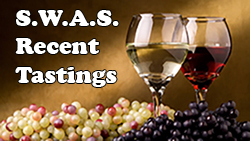Saturday 1st April 2023: "Roam Around Spain (anything but Rioja - Part 2)" with Lindsay
Lindsay (assisted by Bill) hosted April's Tasting at her home in Worthing.
Wine List:

The Whites:
1.  2022 Fincas de Azabache; Rioja, Spain; Tempranillo Blanco grape; 12.5% abv; bought from the Producer
2022 Fincas de Azabache; Rioja, Spain; Tempranillo Blanco grape; 12.5% abv; bought from the Producer
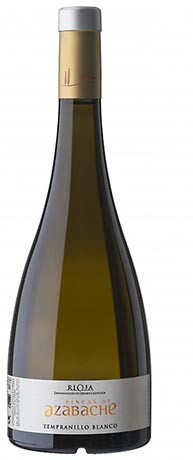

The region of La Rioja lends its name to Spain`s most widely recognised wines. Much Rioja is blended from three districts; Alta and Alavesa to the north and the hot dry Oriental district to the south (previously known as Rioja Baja) and uses Tempranillo, Garnacha, Graciano and Mazuelo red grape varieties and the diminishing influence of extended ageing in oak barrels.
Fincas de Azabache is a state of the art cooperative, founded in December 1956. The Bodegas now owns 2600 hectares of vineyards at the foot of Mount Yerga, in the dry region of the Rioja Oriental. With limited risk of rot, it is an area conducive to the principles of organic viticulture, to which the Bodegas is firmly and successfully committed. The cooperative have recently invested heavily in a new winery, the fruits of which we are now seeing.
Tempranillo blanco is a white Spanish wine grape variety that is grown in the Rioja DOC. It is a relatively `new` grape variety as it is a natural mutation of the red Tempranillo variety that is grown throughout Spain. The wine has fruity aromas with green apple, citrus and floral characters. Well balanced with a refreshing acidity and a light, fruity finish with delicate floral notes lingering on the palate.
2.  2021 Bodegas Bhilar Kha Mé; Rioja, Spain; Garnacha Blanca grape; 12.5% abv; The Wine Society
2021 Bodegas Bhilar Kha Mé; Rioja, Spain; Garnacha Blanca grape; 12.5% abv; The Wine Society

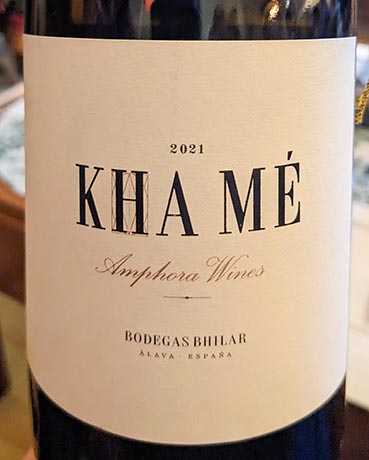
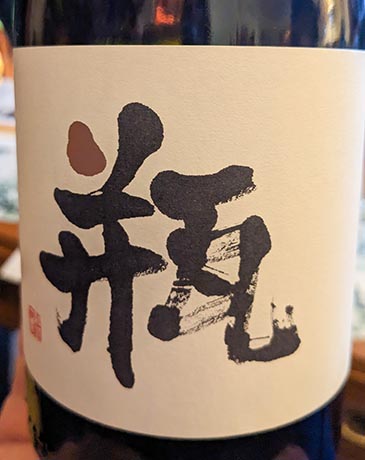
A thrilling white from a 60-year-old Rioja vineyard planted to garnacha blanca. The wine sees no oak, instead aged in amphora which retains freshness. This is floral with a touch of honey and a saline quality that makes it stand out from the crowd.
The Reds:
3.  2020 Alvar de Dios Camino de los Arrieros; Castilla y León, Spain; 10+ indigenous grapes; 12.5% abv; The Wine Society
2020 Alvar de Dios Camino de los Arrieros; Castilla y León, Spain; 10+ indigenous grapes; 12.5% abv; The Wine Society
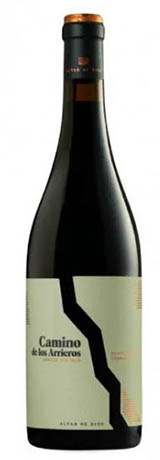
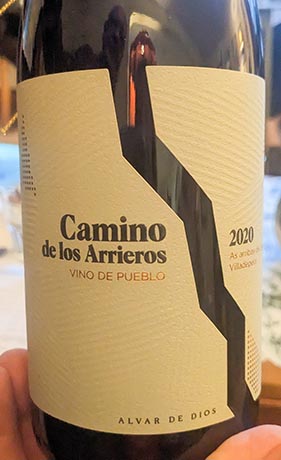
Be very prepared for an adventure of flavours. This unusual Spanish red is a mix of over ten indigenous grapes from vineyards that border Portugal. It is pale, earthy and delicate, and overwhelmingly characterful.

4.  2020 Suertes del Marques El Lance; Teneriffe, Canary Islands; Ungrafted, too many grapes in the blend to list! ; 13% abv; The Wine Society
2020 Suertes del Marques El Lance; Teneriffe, Canary Islands; Ungrafted, too many grapes in the blend to list! ; 13% abv; The Wine Society

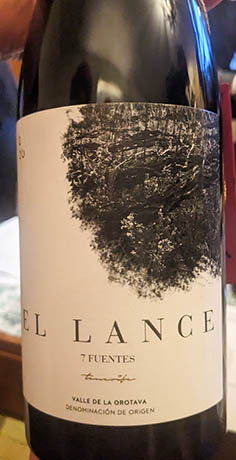
An abundance of personality here from the Canary Islands. This rustic, savoury red has lovely sweet fruit and freshness too. Different but delicious!
5.  2019 Terroir Al Limit Terre de Cuques Negre; Priorat; Carignan, Grenache; 13.5% abv; The Wine Society
2019 Terroir Al Limit Terre de Cuques Negre; Priorat; Carignan, Grenache; 13.5% abv; The Wine Society

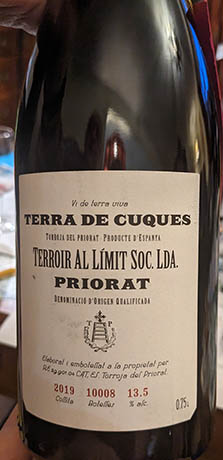
A compelling and different take on Priorat, Terroir Al Limit's philosophy is to emphasise fruit purity rather than winemaking. An equal blend of cariñena and garnacha, this is floral, herby and elegant, medium in weight and relatively subtle for for this famous Spanish wine region.
6.  2019 Viña Zorzal Lecciones de Vuelo; Navarra; Garnacha; 14% abv; The Wine Society
2019 Viña Zorzal Lecciones de Vuelo; Navarra; Garnacha; 14% abv; The Wine Society
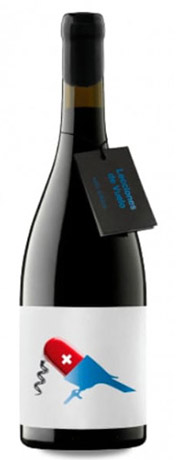
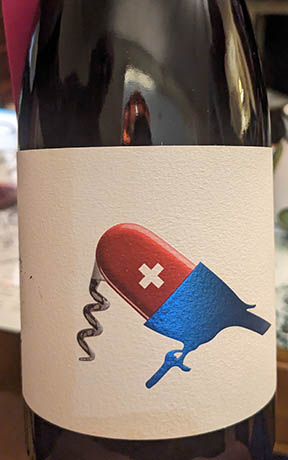
Lecciones de Vuelo or 'flying lessons' describe the talented Zorzal team's commitment to 'exploring life and the vine without limits'. Here, hand-picked, foot-trodden grapes from a 140-year-old vineyard produce a refined, pure, subtle yet intense Spanish wine with more class than power, with vibrant floral fruit and spice.
Antonio Sanz founded this estate in April 1989, with the help of two of his friends and fellow wine lovers, and it has gone on to achieve great popularity, particularly for its work with the lesser-known graciano grape native to the Navarra region. It is now run by the second generation of the Sanz family, brothers Xabi and Iñaki, who oversee sales and winemaking respectively. The brothers have injected a new lease of life into the portfolio, and were both responsible for creating the highly successful Zorzal wine range.
The modern winery is in the village of Corella, in the Ribero Baja area of Navarra, the region which borders Rioja. It is a fertile area known for its wine, fruit and farming, with a Mediterranean climate and sun-drenched slopes bordering the river Ebro, making for excellent grape growing conditions.
The Sanz family has 70 hectares of vines, some of which – including the graciano and garnacha used for the Zorzal range we buy – are over 35 years old. As well as graciano and garnacha, the estate grows tempranillo, mazuelo, merlot and cabernet sauvignon.
In the winery, the team works hard to preserve the natural fruity character of its wines. To that end, the wines are fermented in stainless-steel tanks and the garnacha remains completely unoaked, whereas the graciano spends just four months in French oak.
7.  2020 Pepe Mendoza El Veneno; Alicante, S Spain; Monastrell (Mourvèdre) grape; 14% abv; The Wine Society
2020 Pepe Mendoza El Veneno; Alicante, S Spain; Monastrell (Mourvèdre) grape; 14% abv; The Wine Society
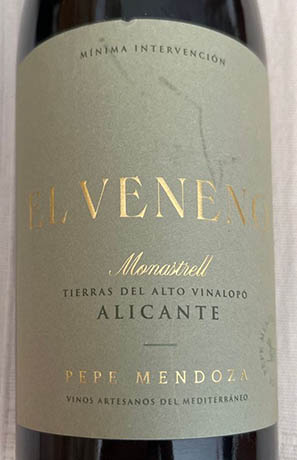
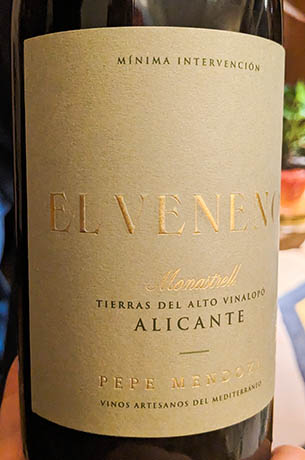
A rising star fine wine from southern Spain, made from monastrell, this is carefully crafted by Pepe Mendoza and his family in Alicante. This manages to combine power with elegance. Full and concentrated with wonderful structure.
8.  2019 San Román; Toro, NW Spain; Tempranillo; 14.5% abv; The Wine Society
2019 San Román; Toro, NW Spain; Tempranillo; 14.5% abv; The Wine Society

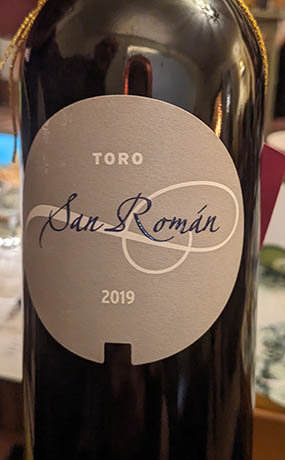
The region of Toro in north-west Spain produces some of the country’s most powerful red wines. The Spanish word toro means 'bull', and while it is unclear precisely how the town's name came about, the bull is nonetheless a fitting symbol for robust red Toro wines. Here the extreme continental climate (hot, dry summers and cold, artic winters) results in tinta de toro grapes (the local name for tempranillo) that ripen with thick skins, intense flavours and high sugar levels. Convert this to wine and you have a style that rests its quality on deep colour, full-body, bold super-ripe flavours and relatively high alcohol.
Sadly many of the wines from Toro display these features in excess but there are some exceptional and distinctive wines being made. One such is San Román, a property which is managed by the García family of Bodegas Mauro, who have also been influential in the winemaking history of famous Vega Sicilia in Ribera del Duero.
San Román is a wine of great exuberance, minerality and structure. It is produced from vines with an average age of 90 years which naturally produce tiny yields. It spends over two years in French and American oak which accounts for its exotic flavour and sensuous texture.
9.  2014 Ochoa Gran Reserva; Navarra; Tempranillo/Merlot/Cabernet Sauvignon; bought from the Producer
2014 Ochoa Gran Reserva; Navarra; Tempranillo/Merlot/Cabernet Sauvignon; bought from the Producer
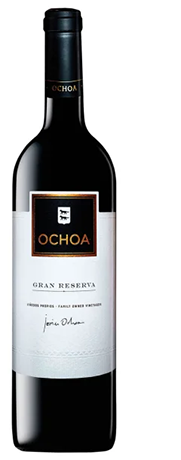
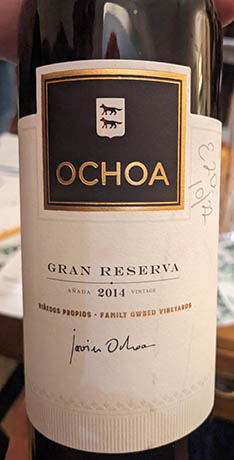
Producer's Notes:
"Ochoa Gran Reserva is a reference of our winery and our family. is produced only in exceptional harvest years. Ochoa Gran Reserva is the result of an exhaustive selection of grapes in the vineyard. It’s the best of our best. We only make it in good years and the quantity varies.
It is an elegant, rounded wine with delicious tannins, aged long enough in the cask and in the bottle to become a Gran Reserva.
Made from Tempranillo, Cabernet Sauvignon and Merlot grapes from vineyards El Secadero, La Milla and Montijo. It ages for 8 years in the winery, where the first 2 years ages in American and French oak barrels of 225 liters and the rest of the time in bottle until it reaches the moment to start drinking it. Of course this wine can still improve in the bottle. We estimate its potential in 10 more years once it is released into the market, so approximately 20 years since its harvest."
10.  Don Zoilo Palo Cortado (Williams & Humbert); Jerez, Spain; aged for 12 years; Palomino Fino grape; 19.5% abv; bought at Auction
Don Zoilo Palo Cortado (Williams & Humbert); Jerez, Spain; aged for 12 years; Palomino Fino grape; 19.5% abv; bought at Auction

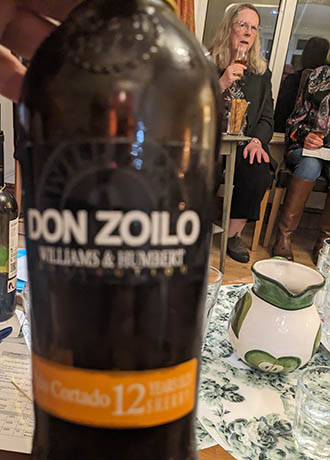
"Palo Cortado Don Zoilo is produced with must from the first pressing of Palomino grapes grown in the best vineyard zones of Añina and Carrascal in the Jerez Superior region. Alcoholic fermentation takes place at controlled temperatures and after classification according to quality and being fortified to 15º using the finest wine distillates, the traditional sobretablas are obtained which enter and form a part of our biologically aged soleras. According to circumstance, casks occasionally appear that are not developing in the desired direction for these finos and these are the ones that will be cut with two jugs of alcohol to form the base of the Palo Cortado soleras. After careful selection in the winery they are aged for 12 years in American oak casks.
Thus Palo Cortado Don Zoilo comes into being old gold in colour with a pungent, intense and complex aroma reminiscent of nuts and hazelnut. Dry in the mouth with a tremendously expressive retronasal presence.
Suggestions for consumption: Excellent as an aperitif for those long evenings or in short drinks. Serve between 12º-14ºC (19.5% abv)"

The Supper Wines:
11.  2021 Mimo Moutinho; Dão, Portugal; Encruzado grape; 12.5% abv; from the "Cellar de Aldi"
2021 Mimo Moutinho; Dão, Portugal; Encruzado grape; 12.5% abv; from the "Cellar de Aldi"
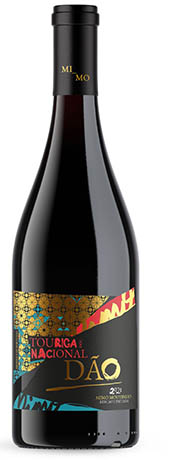
12.  2018 El Escoces Dos Dedos de Frente; Calatayud, SW Aragon, Spain; 95% Syrah, 5% Viognier; 14.5% abv; from the"Cellar de Christopher Whyke"
2018 El Escoces Dos Dedos de Frente; Calatayud, SW Aragon, Spain; 95% Syrah, 5% Viognier; 14.5% abv; from the"Cellar de Christopher Whyke"
.jpg)
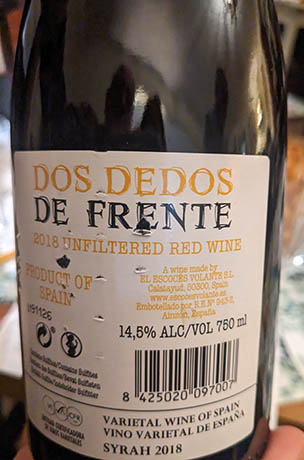
"95% Syrah, 5% Viognier, vineyards at 950 m above sea level. Aged for 12 months in a mixture of 650- and 500-litre used French oak. Spectacular and intense dark fruit on the nose! Blackcurrant, blackberries, cassis, violets, smoke and minerality. On the palate, it is rich and deep but not massive. It has mouth-watering acidity, ripe tannins, and elegant oak integration. I find this vintage more balanced than previous ones. The wine has precise fruit expression. 2018 has been the greatest year for this wine. "
Jancisrobinson.com (Ferran Centelles) - 18/20
"They believe their 10th release of this high-altitude, late-ripening Syrah is the most balanced to date. The 2018 Dos Dedos de Frente comes from two hectares in the village of Villarroya de la Sierra planted in 2000 with a selection from the Rhône on stony soils at 950 meters in altitude, and it also contains 5% Viognier. In previous vintages, they only used the Viognier skins, but in 2018 the grapes ripened at the same time, so they were able to ferment it with the whole berries. The grapes were handpicked the 12th of October and fermented after a six-day cold soak, then the wine matured for 12 months in 500- and 650-liter oak casks (he abandoned the 225-liter oak barrels when he started this cuvée in 2016, and there was a change in the wine when he started using larger barrels). This is showy and exuberant, more in the style of Guigal than Clape. It's expressive, open, spicy and smoky, with abundant, fine-grained and chalky tannins. It's juicy, full-bodied and manages to keep the freshness and tension. This is still extremely young, and it's going to need a couple of years in bottle to start expressing what it really is. It should age nicely, as it has the stuffing and balance to do so. 6,373 bottles were filled in November 2019"
Robertparker.com (Luis Gutierrez) - 95/100
13.  2020 Arima; Bodegas Gorka Izagirre; Biscay basque; Hondarrabi Zuri grapes; 13% abv; from the "Cellar de Lindsay Scott"
2020 Arima; Bodegas Gorka Izagirre; Biscay basque; Hondarrabi Zuri grapes; 13% abv; from the "Cellar de Lindsay Scott"
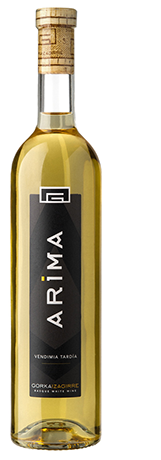
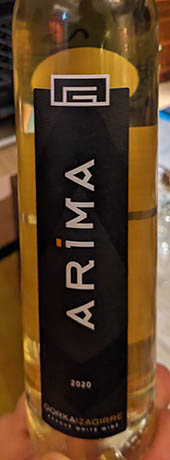
A fine dessert wine to round off the Tasting.

